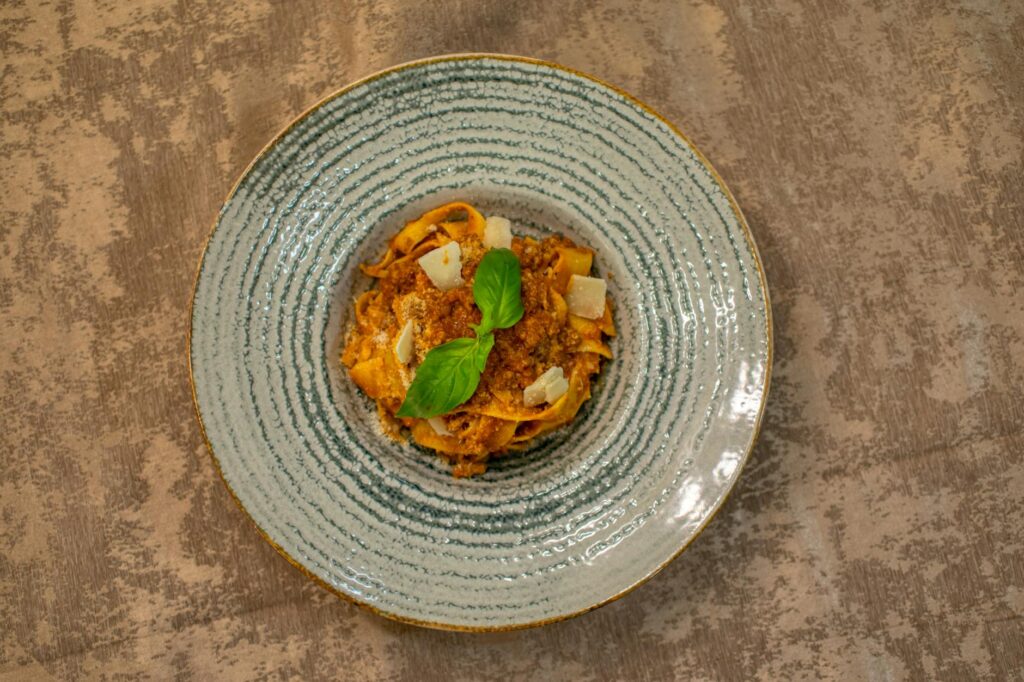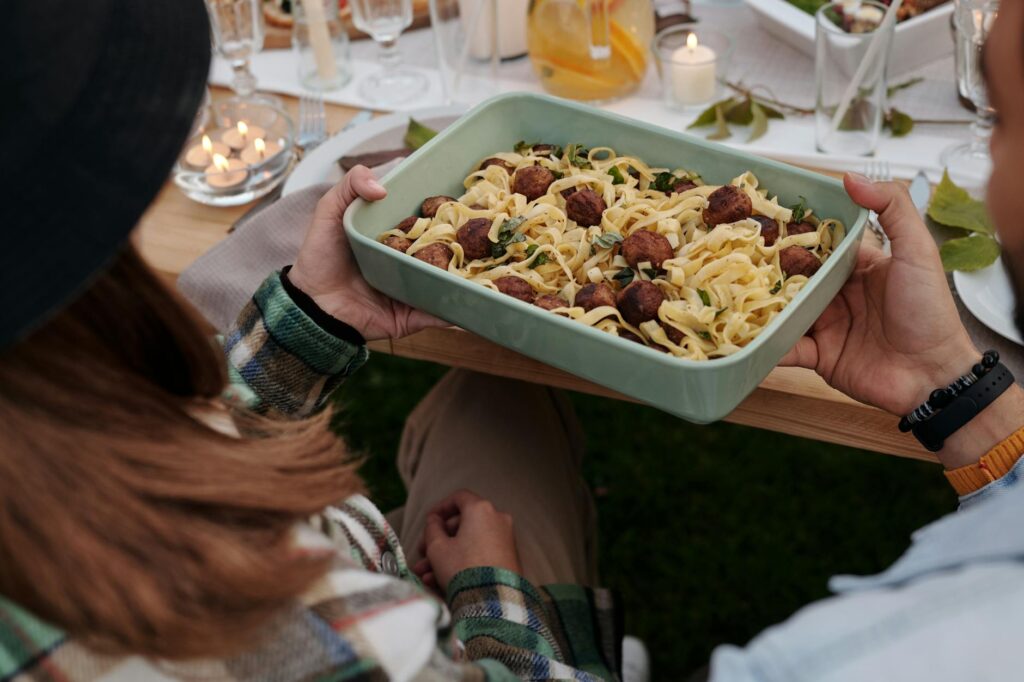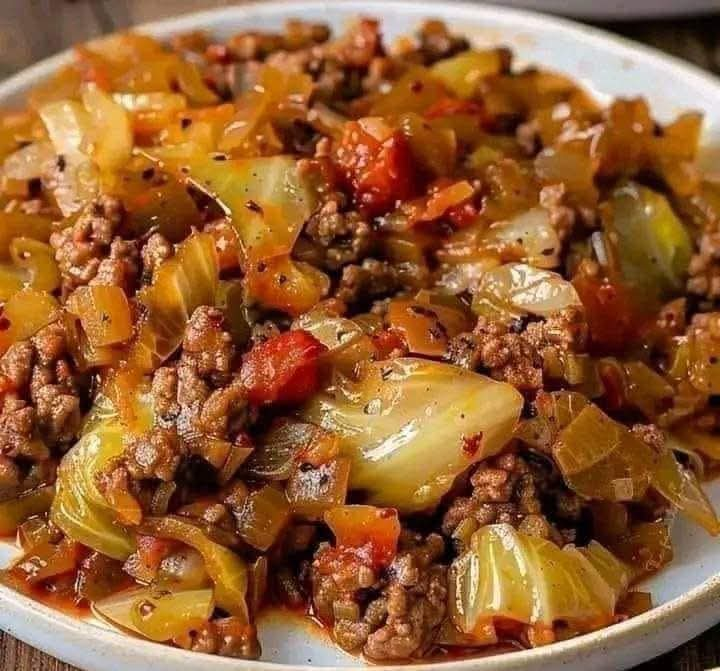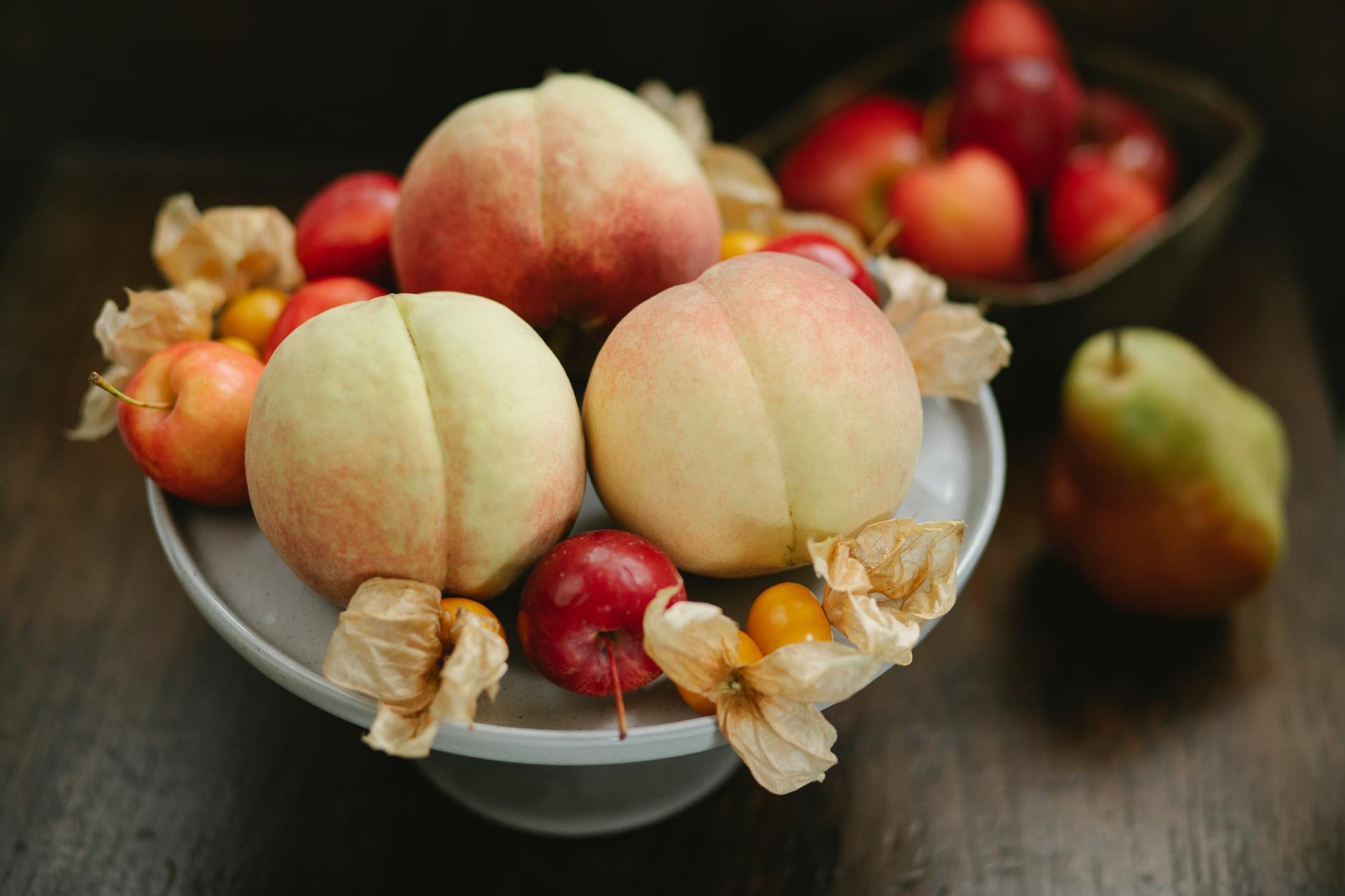A Taste of Tradition: Tagliatelle al Ragù
The aroma of slow-cooked meat, rich tomatoes, and a hint of spice – Tagliatelle al Ragù, or Bolognese, is more than just a dish; it’s an experience. This classic Italian pasta recipe is a testament to simplicity and patience, resulting in a flavour explosion that will transport you to the heart of Italy. Let’s embark on a culinary journey to recreate this masterpiece in your own kitchen!
Understanding the Ragù
Authentic Bolognese ragù is not your average meat sauce. It’s a labour of love, requiring time and attention to detail. Unlike quick pasta sauces, the ragù simmers for hours, allowing the flavours to meld and deepen. The key is to use a combination of meats – typically beef, pork, and sometimes veal – for a complex and well-rounded flavour profile. 
The Art of the Slow Simmer
The slow simmering process is crucial for developing the rich, deep flavour of the ragù. This allows the connective tissues in the meat to break down, creating a tender and succulent sauce. The process often involves several steps, starting with sautéing the vegetables, browning the meat, and then adding the remaining ingredients to simmer gently. Patience is key; the longer it simmers, the better it tastes. You can even prepare it a day ahead for even more intense flavour! Learn more about the simmering process below.
Choosing Your Pasta
While many pasta shapes can be used with Bolognese, Tagliatelle is the traditional pairing. Its long, flat shape perfectly captures the rich sauce. Choosing good quality, fresh pasta makes a significant difference in the final dish. Discover tips for selecting the perfect pasta.
Beyond the Basics: Variations and Additions
While the traditional recipe is a masterpiece in itself, don’t be afraid to experiment with different variations! Adding a splash of red wine or a touch of cream can introduce new layers of flavour.  Some recipes even incorporate pancetta or mushrooms for an extra depth of flavour. Explore some delicious variations.
Some recipes even incorporate pancetta or mushrooms for an extra depth of flavour. Explore some delicious variations.
Plating and Serving
Once the ragù is cooked to perfection, toss it with your freshly cooked tagliatelle. Garnish with freshly grated Parmesan cheese and a sprinkle of fresh parsley. [IMAGE_3_HERE] Serve immediately and enjoy the symphony of flavours. A simple side salad complements this rich dish perfectly.
Conclusion
Making Tagliatelle al Ragù is a rewarding experience. The process may require patience, but the result is a dish that’s both incredibly satisfying and deeply comforting. So gather your ingredients, put on some Italian music, and embark on this culinary adventure. You won’t regret it!
Frequently Asked Questions
What is the best type of meat to use for the ragù? A combination of beef, pork, and veal is traditional, but you can adapt to your preferences and what’s available.
How long should the ragù simmer? Ideally, at least 3 hours, but longer is even better. The longer it simmers, the richer the flavour will be.
Can I make the ragù ahead of time? Absolutely! In fact, the flavours deepen overnight, making it even more delicious the next day.
What kind of wine pairs well with Tagliatelle al Ragù? A medium-bodied red wine, like a Chianti Classico, complements the dish beautifully.
What if I don’t have all the ingredients listed in a traditional recipe? Feel free to substitute ingredients based on your preferences and availability. The most important thing is to enjoy the process and the final result!


